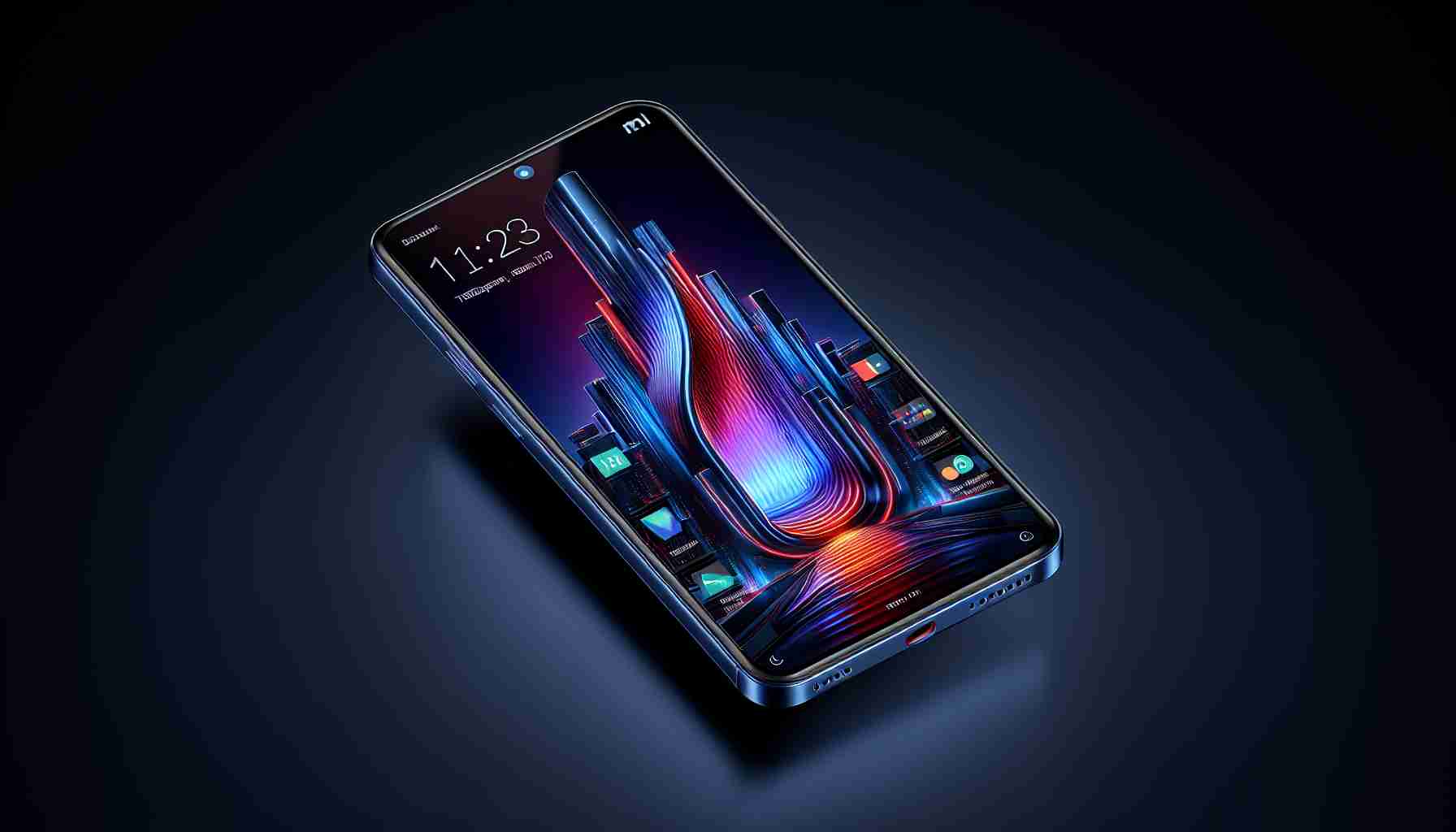The Redmi Note 13 series, known for its versatile range of smartphones, has recently expanded with the introduction of the Redmi Note 13R. This new addition boasts several upgrades, including a display with FHD+ resolution and a bright maximum of 550 nits, enhancing user experience.
Positioned as an upgrade to its predecessors, the Note 13R steps up with a 6.79-inch LCD screen capable of a 120Hz refresh rate, offering smoother visual performance that gamers and video enthusiasts will appreciate. For secure and convenient access, a fingerprint scanner is integrated into the power button on the side.
Photography capabilities get a practical boost in the form of a dual-camera setup on the back. The main shooter packs a 50-megapixel sensor supported by a 2-megapixel macro lens for close-up shots, while an 8-megapixel front camera caters to selfie lovers and video callers.
Under the hood, the Redmi Note 13R is powered by the Snapdragon 4 Gen 2 processor, providing ample computing power for daily tasks and entertainment. Storage configurations impress as well, ranging up to 12 GB of RAM and 512 GB of internal storage, expandable via microSD. The device houses a large 5,030 mAh battery supporting 33-watt fast charging to keep up with users’ demanding lifestyles.
Out of the box, the phone runs on HyperOS based on Android 14, which suggests a forward-thinking software approach. In terms of pricing, the variants offer competitive options, with the 6 GB RAM + 128 GB storage model starting at approximately 193 USD and the higher-end 12GB + 512GB version available at around 304 USD. These specs and pricing structure make the Redmi Note 13R a strong contender in the mid-range smartphone market.
Questions and Answers:
Q: What series does the Redmi Note 13R belong to?
A: The Redmi Note 13R is part of the Redmi Note series, which is known for offering feature-packed smartphones at affordable price points.
Q: What are the display features of the Redmi Note 13R?
A: The Redmi Note 13R features a 6.79-inch FHD+ LCD screen with a high refresh rate of 120Hz and a peak brightness of 550 nits.
Q: What type of processor is used in the Redmi Note 13R?
A: It is powered by the Snapdragon 4 Gen 2 processor, which can handle daily tasks and entertainment needs efficiently.
Q: What are the camera specifications of the Redmi Note 13R?
A: The Redmi Note 13R includes a dual rear camera setup with a 50-megapixel main sensor and a 2-megapixel macro lens, as well as an 8-megapixel front-facing camera.
Q: How is the battery capacity and charging speed of the Redmi Note 13R?
A: The phone has a large 5,030 mAh battery with support for 33-watt fast charging.
Key Challenges or Controversies:
A potential challenge for the Redmi Note 13R lies in competing with other similarly-priced smartphones in a crowded mid-range market. Consumers have multiple options, and brand loyalty, features, and design aesthetic play significant roles in their decisions.
Another challenge could be the adoption of HyperOS based on Android 14, as this may imply the need for frequent updates and patches to maintain software security and optimization, which requires strong support from developers.
Controversy can arise if there are discrepancies between the advertised specs and real-world performance, particularly in terms of processor efficiency, camera quality, and battery life.
Advantages:
– An upgraded high-refresh-rate FHD+ display enhances the visual experience.
– Integration of a side-mounted fingerprint scanner provides convenient security.
– High-resolution camera setup for quality photography.
– Large battery capacity with fast charging capabilities.
– Competitive pricing for the range of features offered.
Disadvantages:
– As an LCD screen, it may not offer the same color contrast or deep blacks as an OLED display.
– Battery performance might be affected by the high-refresh-rate screen.
– It might receive less frequent OS updates if not among the prioritized models of the brand.
– The relatively new HyperOS implementation might have a learning curve for users upgrading from different Android versions or skins.
For more information, you can visit Xiaomi’s main domain at Xiaomi Official Site.
The source of the article is from the blog windowsvistamagazine.es
